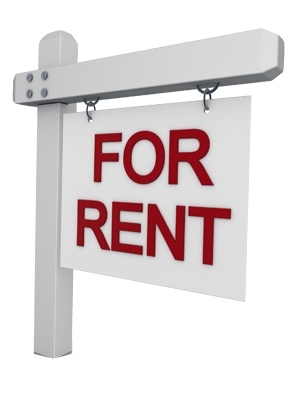
The median weekly rent in the Wellington region remaining flat on $550 per week in August, according to the Trade Me Rental Price Index.
Trade Me Property spokesperson Aaron Clancy says the region has experienced huge rental growth in recent years and it’s the first time they have seen Wellington rents stall since they first took off in late 2015.
“This was particularly surprising considering demand in the region increased by 20% in August when compared to 2019.
“The pause can’t be put down to the government's move to freeze rental prices, as this rule only applies to existing tenancy agreements.”
Rather it is likely that an increase in smaller properties entering the rental market has caused prices in Wellington to halt, he says.
Trade Me’s data shows a 13% increase in the number of small (1-2 bedroom) properties listed for rent in the Wellington region in August.
However, Clancy says that while slowing rental prices would be welcome to many tenants in the region rents might not stay stagnant for long.
“In the coming months if demand remains high landlords will be looking to get the most for their investment.
“Also, landlords who need to get their rentals up to spec to meet the new Healthy Homes regulations standards will undoubtedly pass those costs on.”
Wellington was not the only region that saw rents halt in August. They also remained flat on August 2019 in Taranaki and Otago last month.
In contrast, the national median rent increased by 2% year-on-year to $510 per week in August, after showing no growth for the first time in three years in July.
Clancy says looking across the country, rental prices were either flat or up on August 2019 in all fifteen regions last month.
“The Bay of Plenty had a standout month, with a 9% increase in the median weekly rent, hitting an all-time high of $525.”
Rents in the Auckland region also rose, with the median weekly rent up 4% to $570 as compared to August last year.
Within the region, the districts with the most expensive rents were North Shore City ($600), Rodney ($590), and Manukau City ($580).
Trade Me’s data also shows that nationwide demand was up by 8% in August when compared with the same month last year.
Clancy says most regions showed an increase in demand, with the exception of Marlborough and Southland which both saw a drop in demand, while in Auckland demand was flat.
At the same time, supply was down nationally by 3% year-on-year, with Northland and Marlborough seeing the largest drops in supply, down by 35% and 14% respectively.
Meanwhile, the latest Stats NZ rental price index figures show that in August 2020 the stock measure for rental prices was up by 0.2% on July and by 3.2% on August 2019.
But the flow measure for rental prices has them decreasing by 1.1% on July and by 0.5% on August 2019.
*The “stock” measure of rents shows rental price changes across the whole rental population, including renters currently in tenancies, while the “flow” measure of rents captures rental price changes only for dwellings that have a new bond lodged against them in the reference period.




Comments
No comments yet.
Sign In to add your comment